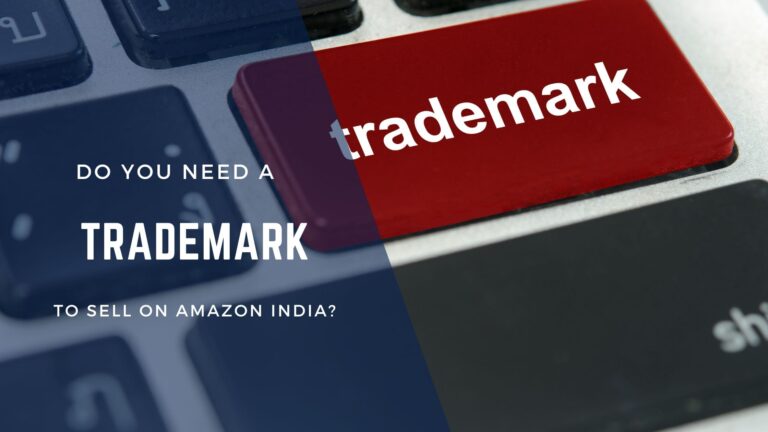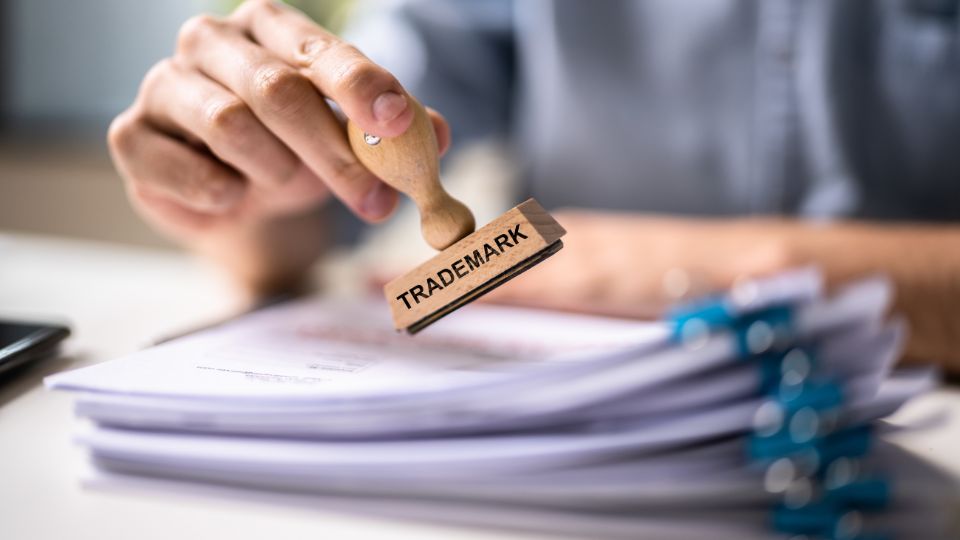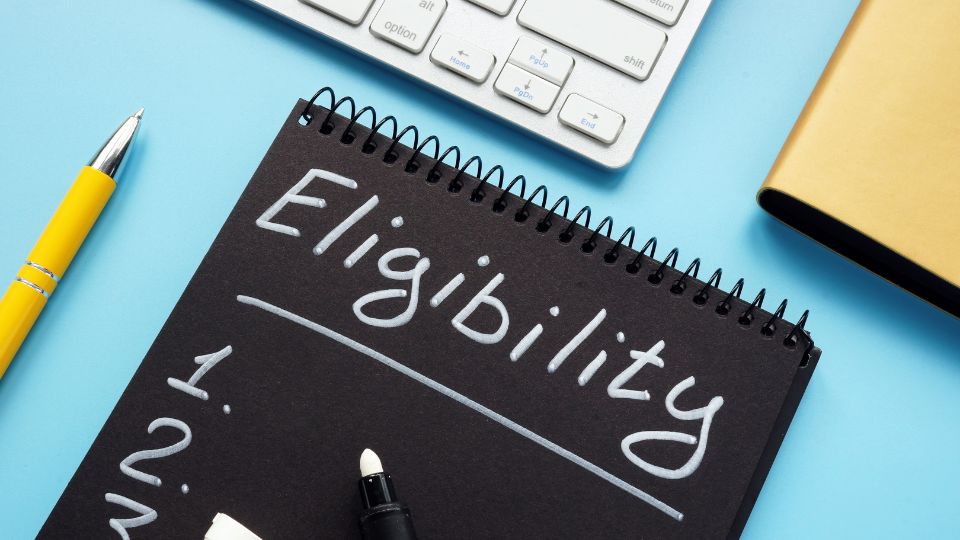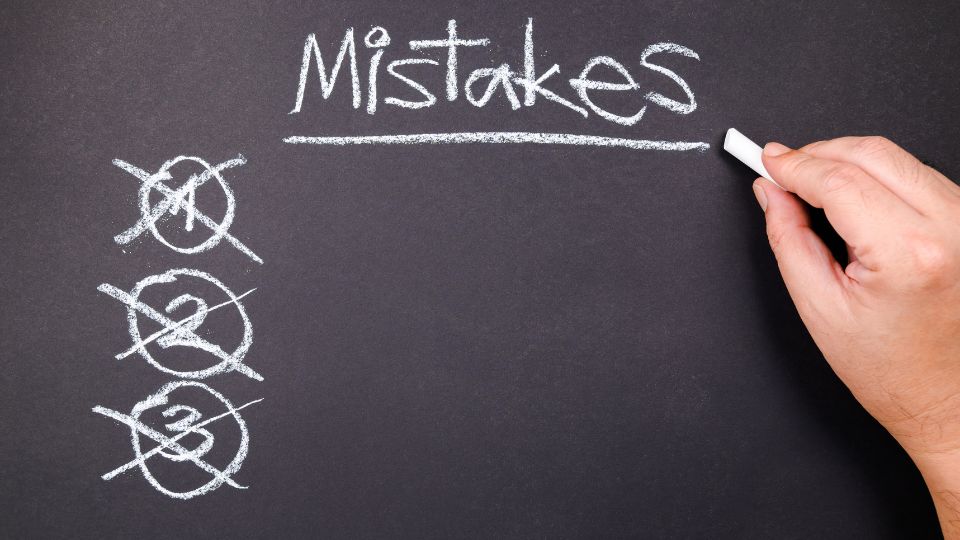Imagine this: you’ve picked a product, finalized the packaging, and you’re just about to click “Add a New Product” on Seller Central — when the question hits you: “Do I need a trademark before I can sell on Amazon India?” Or can I just launch and handle all that legal stuff later?
That doubt stops hundreds of new sellers every month. You’re not alone. Meet Rohan — a first-time entrepreneur who spent weeks perfecting his MVP. His only hesitation? The dreaded paperwork. Should he delay the launch to file a trademark or start selling and worry later?
Why This Matters for Indian Sellers
The truth is simple: you can separate selling eligibility from brand-building advantages. In other words, you can start selling first — and build your trademark foundation alongside your growth. That’s the smart path Indian founders like Rohan are taking today. It keeps cash flow alive while laying the groundwork for long-term protection and credibility.
For Indian founders, speed and trust define survival. The faster you validate demand, the sooner you start generating data, reviews, and profits. But once that happens, your next challenge is building brand trust — the emotional bridge that turns casual buyers into loyal repeat customers.
Without a trademark, your brand is like a rented space — functional, but never truly yours. Competitors can copy your name, hijack your listing, or use your momentum against you. On the flip side, securing your trademark and enrolling in Amazon Brand Registry gives you control: access to A+ Content, Brand Analytics, and abuse-reporting tools. These aren’t just “nice-to-haves” — they’re competitive weapons for private label sellers.
So the real question isn’t “Do you need a trademark to sell on Amazon India?” It’s “When should you get one — and how can you time it perfectly with your launch?” As we’ll see, the smartest sellers don’t delay; they simply stage it right. To learn how early branding boosts trust, read how to build a strong brand presence on Amazon.
The Short Answer: Trademark vs. Selling Eligibility
Here’s the nuance most beginners miss: Amazon doesn’t require a trademark to start selling, but it does require one to unlock the full suite of brand features. These include A+ Content, Brand Analytics, and the all-powerful Brand Registry.
You can create your Seller Central account and list most products without any registered IP. However, to enroll in Brand Registry, Amazon expects either a registered trademark or a pending application filed through approved programs like IP Accelerator.
So the strategy is simple: launch first, file soon. Start selling with a clean, compliant listing. Use the initial sales period to gather feedback, confirm demand, and validate your brand’s appeal. Then, while your cash flow strengthens, file your trademark and prepare your assets (like packaging and product images). That way, the moment your trademark qualifies, you can immediately apply for Brand Registry and access the brand tools that accelerate growth.
Can You Sell on Amazon Without a Trademark in India?
Yes, you absolutely can — and thousands of sellers do. But there’s a catch: you’ll have limited control over your catalog. Without Brand Registry, anyone can list under the same ASIN, edit your titles, and sometimes even replace your product images. You also lose access to high-conversion assets like A+ Content modules and video placements.
Many sellers start out this way, get traction, and then realize their brand name is gaining visibility. That’s when panic hits — because the longer you wait, the higher the risk that someone else might register your mark first. And once that happens, your options narrow dramatically: you might need to rebrand or fight a legal battle to reclaim your own name.
So yes, you can sell without a trademark, but don’t delay the application once your product gains traction. Amazon even encourages sellers to secure IP early through Brand Registry to ensure better catalog protection.
Amazon Brand Registry India: What It Really Requires
Let’s cut through the jargon and see what Amazon Brand Registry India actually needs. To qualify, your brand should have:
- A registered text-based mark (word mark) or an image-based mark that includes text or numbers, issued by an approved IP office.
- Alternatively, a pending trademark filed through IP Accelerator — Amazon’s fast-track program that connects sellers to vetted law firms and grants early Brand Registry access even before final registration.
- Clear branding on your product and packaging — visible in the form of photographs submitted during the enrollment process.
Once enrolled, you unlock tools like A+ Content, Brand Analytics, automated brand protections, and Report-a-Violation tools. These features are what transform a seller into a defensible brand owner. To learn how to make your listings shine, explore how to use A+ Content to improve Amazon sales and build trust.
™ vs ® on Amazon India: What’s the difference?
This is one of the most common confusions for new sellers. Here’s the breakdown:
- ™ (TM) — This means you’re claiming ownership of the mark. It’s typically used right after filing your application but before official registration. It signals intent but offers limited legal protection.
- ® (R) — This means your mark is officially registered under the Trade Marks Act, 1999. It provides nationwide protection, allowing you to enforce your rights and block others from using similar names. Using ® without registration, however, is illegal.
Displaying these symbols properly — on your packaging, product labels, and listing visuals — helps customers recognize authenticity and builds credibility. It’s a small detail that communicates big professionalism.
How to Register a Trademark in India (Seller’s Path)
Registering a trademark isn’t as intimidating as it seems. Here’s a simplified path sellers can follow:
- Step 1: Search before you file. Use the IP India database to check if your desired name or logo already exists. Avoid phonetic similarities that might trigger objections.
- Step 2: Choose your Nice class. Each product category has its own class (for example, clothing is Class 25, supplements might be Class 5). Selecting the right one is critical.
- Step 3: File TM-A online. The application includes your owner details, mark, and product class. Once submitted, you immediately receive an application number — your first legal milestone.
- Step 4: Examination & objection handling. The trademark office reviews your application and may issue objections. Respond promptly with supporting documents.
- Step 5: Publication & opposition. Your mark gets published in the journal for public review. If no one objects, it moves toward registration.
- Step 6: Registration. Once approved, you receive a certificate valid for 10 years — renewable indefinitely.
You can do all this yourself on ipindiaonline.gov.in, but many sellers choose a professional or Amazon’s IP Accelerator for faster and more error-free processing.
Private Label on Amazon India: The Trademark Playbook
If you’re building your own brand, your trademark is your moat. It’s what differentiates you from generic sellers and copycats. Here’s a practical private label roadmap:
- 1. Name Discipline: Pick a brand name that’s clean — check the IP India database before your first packaging run.
- 2. MVP First: Start with a small batch, test market fit, and gather data on reviews, returns, and buyer sentiment.
- 3. File Early: The moment your MVP performs well, file your trademark. Don’t wait for multiple SKUs — start with one and expand coverage later.
- 4. Prepare Visual Proof: Take clear photos showing your brand name printed permanently on both the product and its packaging. Amazon uses these during Brand Registry verification.
This approach gives you momentum without legal deadweight. For name clarity tips, check how to choose the perfect brand name for your private label business.
Pending TM: What You Can Do While You Wait
Trademark approval can take months — but that doesn’t mean you sit idle. With IP Accelerator, Amazon allows you to access Brand Registry benefits even while your mark is still “pending.” That’s huge because you can start using A+ Content and protection tools early.
Here’s what to do while you wait:
- Use GS1 barcodes to ensure your listings are uniquely tied to your brand.
- Maintain documentation: invoices, supplier agreements, and branding proofs.
- Set up SOPs to monitor hijackers — report suspicious sellers fast.
Meanwhile, think about manufacturing consistency. You’ll find helpful insights in how to get products manufactured under your brand name for Amazon sellers in India.
Timelines, Costs, and Common Mistakes
On average, a trademark application in India takes anywhere from 6 months to 1 year for registration, depending on objections or opposition. Government filing fees range between ₹4,500 and ₹9,000 per class, while professional assistance can add ₹3,000–₹10,000 more.
Common Mistakes to Avoid:
- Choosing an overly generic or descriptive brand name (like “Best Fitness Gear”). These get rejected fast.
- Spelling inconsistencies between packaging, product, and listing — it confuses both Amazon and customers.
- Launching before clearance — only to find someone else already owns a similar mark.
Indian courts are strict on IP rights, and marketplaces cooperate closely with authorities. That’s why it’s worth spending time upfront to get your documentation right — it pays off in peace of mind and long-term stability.
Real-World Scenarios and Best Practices
Let’s bring this home with real-world examples:
Scenario 1: Solo Seller, Small Budget
Start with a simple generic listing to test demand. The week you confirm traction, file your word mark. Update your packaging to show the brand name and move toward Brand Registry for A+ Content access.
Scenario 2: Multi-SKU Private Label
File your word mark first for broad protection, then your logo later. Maintain a brand style guide so capitalization, color, and layout remain consistent across all SKUs. This not only strengthens recognition but also streamlines design and legal compliance.
Scenario 3: Scaling Brand with Advertising
Once Brand Registry is active, leverage Sponsored Brand campaigns, Amazon Stores, and A+ modules for storytelling. These elevate click-through rates and conversion. Also, see how to protect your Amazon listing from hijackers and unauthorized sellers to safeguard your growth.
FAQs: Trademark & Amazon India
1. Do I need a trademark to sell private label on Amazon India?
No, but Brand Registry requires it to unlock premium tools like A+ Content and report-a-violation dashboards.
2. Can I enroll in Brand Registry without a registered trademark?
Yes, via IP Accelerator, which grants early access using your pending application.
3. What’s the difference between ™ and ®?
™ signals a claim; ® indicates full registration. Amazon recognizes registered or qualifying pending marks for Brand Registry.
4. How long does it take to register a trademark?
Usually between 6–12 months. Using IP Accelerator or a professional service can shorten review cycles.
5. Can I keep selling while my TM is pending?
Absolutely. Just maintain consistent branding, barcodes, and packaging proofs until your registration is finalized.
Build Protection, Then Scale
So, do you really need a trademark to sell on Amazon India? Not immediately — but if you’re serious about building a brand that lasts, it’s non-negotiable.
The ideal journey is this: launch lean, validate fast, file early, and scale smart. Once your mark is in motion, Brand Registry gives you tools to tell your story, protect your catalog, and elevate your customer trust. The small upfront investment in IP protection returns tenfold in peace of mind and business longevity.
In a marketplace where anyone can copy your product in 24 hours, your trademark becomes your moat. Protect it, own it, and let it be the foundation on which your brand grows for years to come. If you’re serious about protecting your brand and turning your Amazon side hustle into a real business, don’t wait until someone copies your product.
In case you need help with trademark, here's our recommendation. You can contact our Trademark Service Provider Mr. Moin; +91 81479 03480.
Learn how to file your trademark, enroll in Brand Registry, and unlock A+ Content — step by step, on our 3-day training program.






